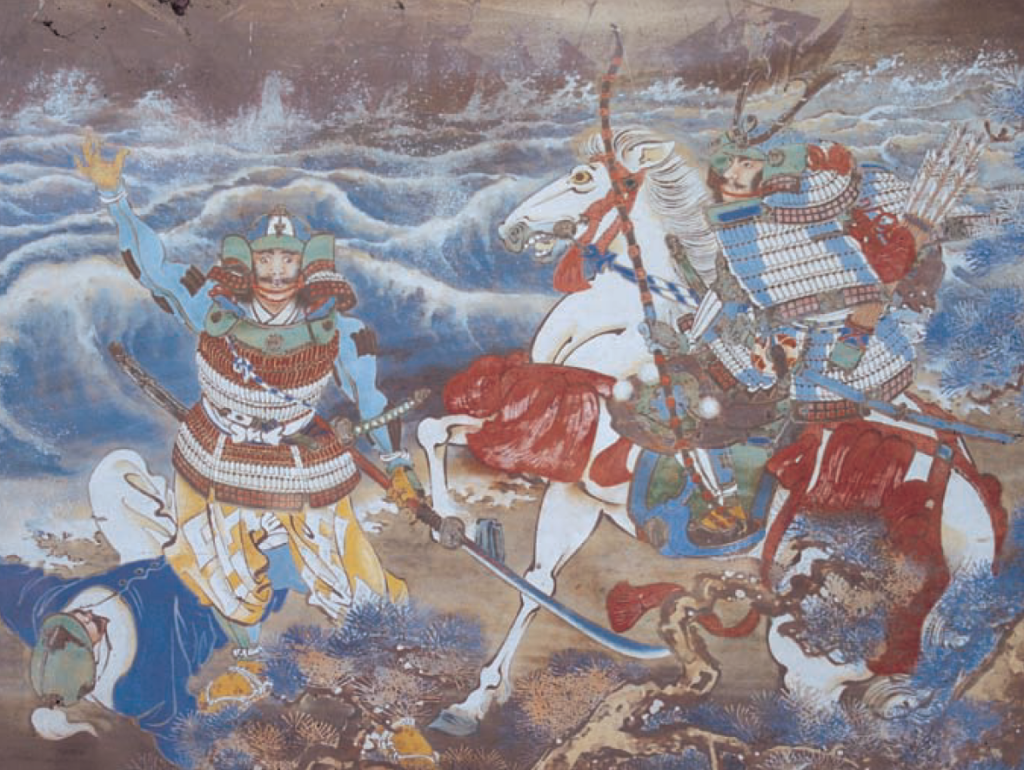
Ghost of Tsushima and the Mongol Invasion
The Kamikaze pilots of World War II have an infamous history. They were officially known as the Tokubetsu Kōgekitai (特別攻撃隊 “Special Attack Unit”) or Tokkō Tai. The pilots gave their lives with 19% of the attacks effectively managing to hit a ship, a strategy more efficient than conventional attacks.
Reference to the word kamikaze or “divine winds” can be linked to a significant events in Japan’s history, the Mongol invasions of 1274 and 1281. They are considered to be perfect examples of the concept of divine intervention.
The Battles of Bun’ei and Kōan
The Mongol Empire used to rule over lands that stretched from China to the Pacific coast of Siberia in the east. Kublai Khan, the grandson of Genghis Khan, ruled over much of China, Mongolia and Korea while his cousins controlled lands that stretched from Hungary in the west all the way to Siberia.
As early as 1266, Kublai Khan had been sending emissaries to Japan demanding tributes. He continued to send messengers for the next six years with his demands being ignored. The Japanese shogun would not even allow the emissaries’ ships to land on Honshu, the main island, much to the Mongol’s disdain. On the evening of the first Mongol invasion ( Battle of Bun’ei), strong rain and winds, said to be kamikaze (divinely conjured wind), began to hit the coast and threatened the Mongol ships. When the storm subsided, a third of the Mongols ships were destroyed by the storm and around 13,000 of Kublai Khan’s army perished while the rest of the Mongol army retreated back to Korea.
Shōni Kagesuke and his forces in Akasaka.
The second invasion, the Battle of Kōan, the Mongol army was more than three times the size of the samurai army, and the Japanese were in serious danger of defeat. Just as it seemed that the Japanese army would be slaughtered and defeated by the Mongols, another typhoon blasted its way into Kyushu. Out of the 4,400 ships in Khan’s fleet, only a few hundred survived the torrential waves and merciless winds. Almost all of the invaders drowned. Those who made it to shore were overrun by the samurai.
Ghost of Tsushima
As of March 2021, the action-adventure game, Ghost of Tsushima, by Sucker Punch Productions and Sony Interactive Entertainment for PlayStation 4 has sold 6.5 million copies and has won several awards and nominations. The game is based on the quest of a samurai named Jin Sakai, whose quest is to protect Tsushima Island during the first Mongol invasion of Japan. It’s an amazing interactive way for people to learn about Japan’s history and fun as well!


